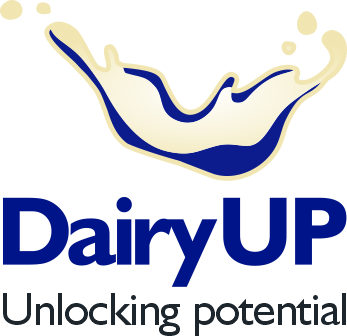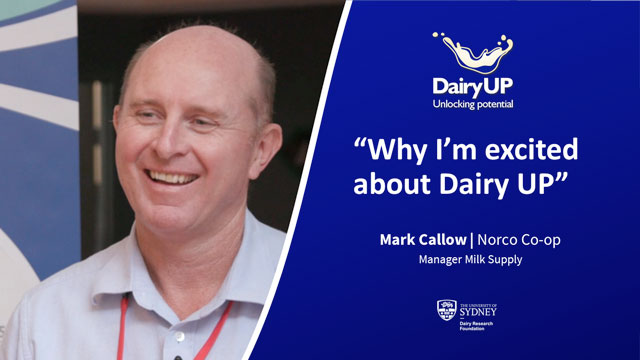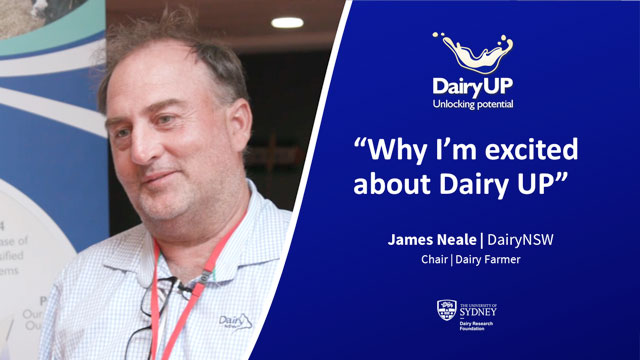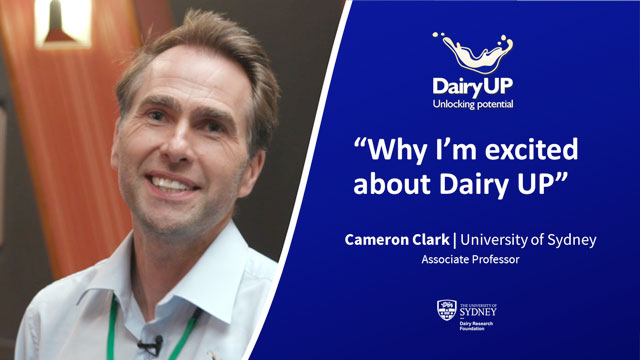Dairy UP’s 10 projects collectively address on-farm productivity, de-risking the industry and developing new markets.
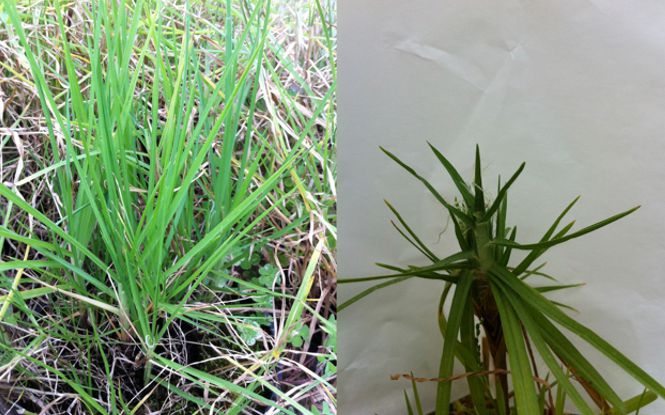
You can help
if you are interested in this project or think you may want to be involved at some stage, please contact anyone from the team here:
Team Leader:
- Luciano Gonzalez – The University of Sydney – luciano.gonzalez@sydney.edu.au
Project Team:
- Mulisa Faji – Usyd – PhD Student – mulisa.faji2016@gmail.com
Related Articles
Why is this important?
Kikuyu grass is a C4 grass adapted to both the tropics and temperate climates. It is fast growing and produces more dry matter of higher quality than other C4 grasses.
Furthermore, as climate change impacts all dairying regions, more dairy farm businesses will find themselves subject to weather conditions suitable for growing Kikuyu. This prospect makes the appeal of understanding and harnessing the value of Kikuyu more appealing and relevant to a greater number of dairy farm businesses into the future.
However, to be sustainable, future dairy systems will need to be C neutral and environmentally friendly. It is imperative to quantify the true environmental impact of intensively managed Kikuyu-based systems including impact on C emissions.
Our aim is to identify and evaluate options for C-neutral dairy production from Kikuyu-based systems
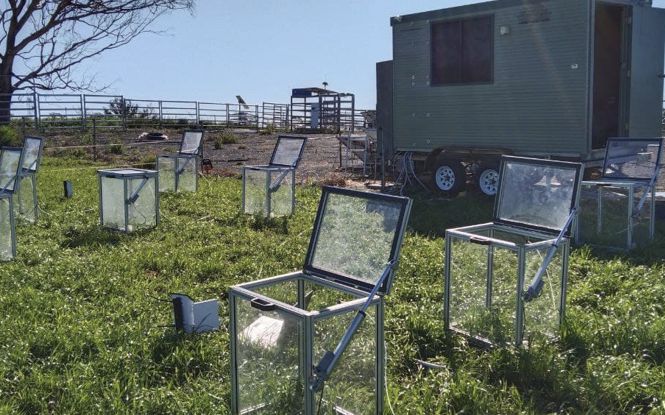
Soil chambers measuring C flluxes in Kikuyu-based pasture at Corstorphine dairy farm, Camden, NSW
Our approach and methods…
The work includes a review of literature, establishing of base situation and modelling of C-neutral scenarios (Year 1); monitoring C emissions from pasture, C sequestration in the soil, as well as quantifying CH4 and CO2 gases from individual dairy cattle (year 2+). This will be done using the most recent technology including breath analysers for cattle, soil chambers and environmental GHG measuring equipment. Data acquired from soils, pastures and animals will allow us to quantify the real environmental impact of different production systems and management practices with increased accuracy.
GreenFeed breath analysers for cattle emissions (Waghorn et al., 2016; Denninger et al., 2019) and soil chambers and equipment to measure fluxes of GHG in the environment will be used on research station and/or selected participating commercial farms. Measurements from animal and soils will be used to fine tune advanced modelling tools to quantify and more accurately predict, true environmental impact of the different production systems.
For more information contact
Prof. Luciano Gonzalez (luciano.gonzalez@sydney.edu.au) at the University of Sydney’s School of Life and Environmental Sciences and Sydney Institute of Agriculture
This research is funded by the DairyUP initiative (https://www.dairyup.com.au/) and it is expected to benefit all farmers with kikuyu pastures.
